Can Gardens and Social Areas at Hospitals and Clinics Really Help Patients to Heal?
Once again I returned to visit my mother-in-law as she recovers from her stroke at the Hildebrand Clinic (you can read more about this clinic in my previous article). Again this time I was struck by the cheery disposition that I saw displayed by so many of the patients. Several of them welcomed me with a warm smile and an enthusiastic greeting as I entered the building and then more did so as I walked through the corridors. Their attitude belied the fact that they were slumped over walkers or sitting in wheelchairs, their maimed or malfunctioning bodies on display for all to see.
How could this be I pondered? What is their secret? Could the beauty of the premises, the rooms with a beautiful view, the surrounding gardens, pathways and social areas hold the key? I had to investigate! What does science prove?
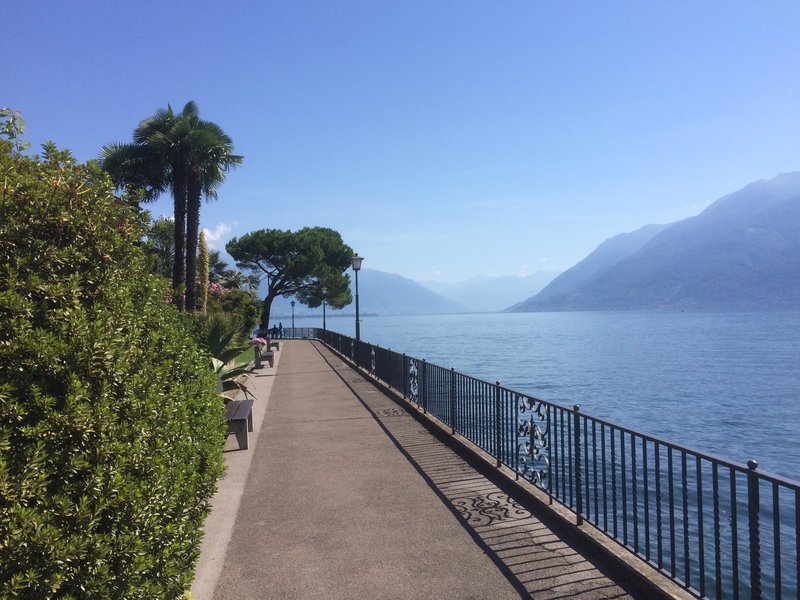 A garden path near the clinic. Note: All photographs are by the author @kus-knee "The Old Dog"
A garden path near the clinic. Note: All photographs are by the author @kus-knee "The Old Dog"
Hospitals and Clinics In The Past
Most hospitals built in the 20th century were not designed to appeal to the senses of their patients. They were austere buildings with little natural light, few or no social areas and no gardens on the premises. The individual rooms were filled with somewhat frightening medical equipment and painted in practical but depressing colors. Some even compared the setting to a prison where even the personal clothes and effects were taken away from the patient and he or she had little choice about what happened to them. Many of these hospitals or clinics created an environment that took away human dignity and actually ran counter to the healing process.
Hospitals And Clinics Need to and are Beginning to Change
Health care is beginning to move toward a more patient centered and holistic model. The physical setting is the patient's first impression of a healthcare facility and one of the most important factors in the patient's perceptions of the quality of care and their overall satisfaction. Clinics are realizing that a healing environment can contribute greatly to the well-being of patients who are recovering from or learning to cope with traumatic illnesses or injuries.
Requirements For Hospitals And Clinics to Heal Holistically
Requirement One: A variety of social spaces
A variety of social spaces such as lounges and waiting rooms to accommodate various social functions. Also desirable is comfortable, movable furniture in small groupings to facilitate socialization.
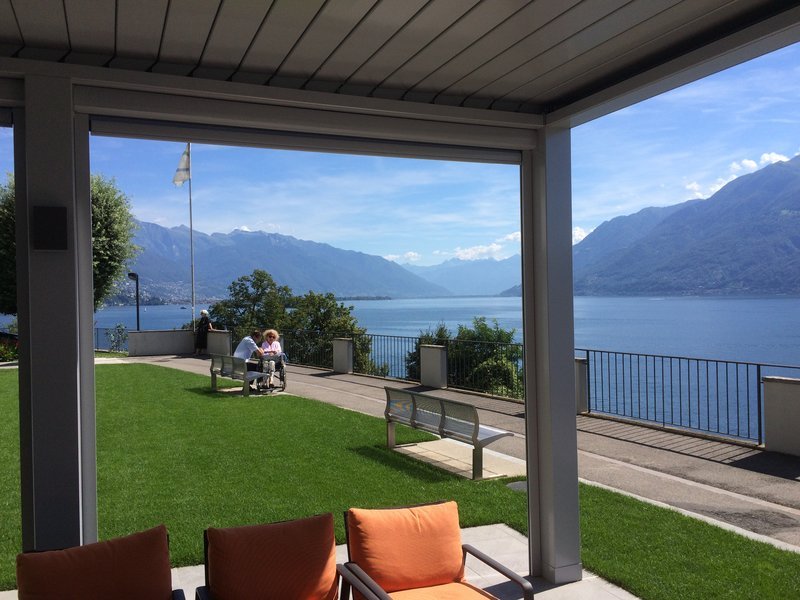
The extensive outdoor patio and seating area at the Hildebrand Clinic offers a relaxing place to socialize.
Requirement Two: Support Human Interaction
The cafeteria, outdoor Patio and Gardens at the Hildebrand Clinic are perfect places to meet and greet other patients and visiting family members and friends. As you will soon see under point number four the nearby town provides a wonderful opportunity for social interaction.
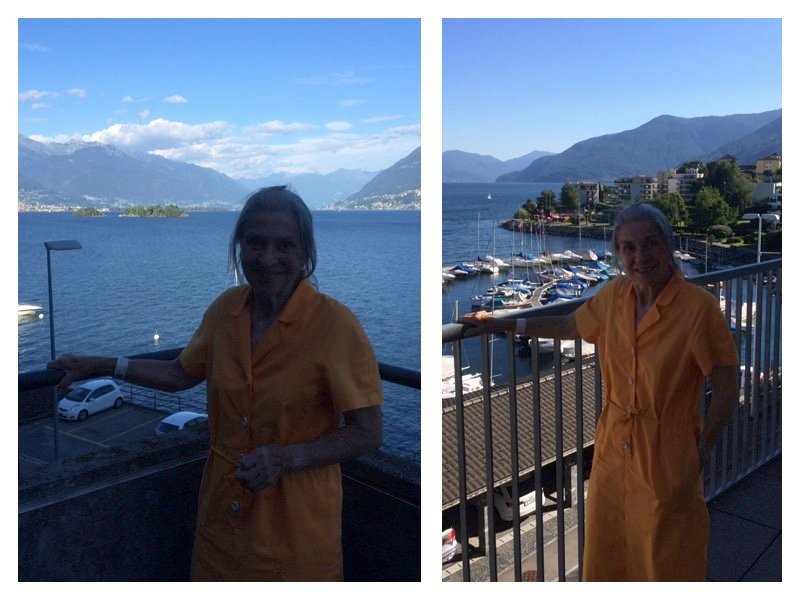
This picture is taken from the outdoor walkway that surrounds the gardens. It feels like a vacation resort!
Requirement Three: Natural Light and Control Over Lighting
Research indicates that patients in rooms that receive more sunlight may be less depressed and have shorter stays. At the Hildebrand Clinic almost all rooms have huge sliding Patio doors that open onto a balcony overlooking the lake. Light can be controlled by the use of exterior blinds that can be completely opened or adjusted to filter or completely block the light.
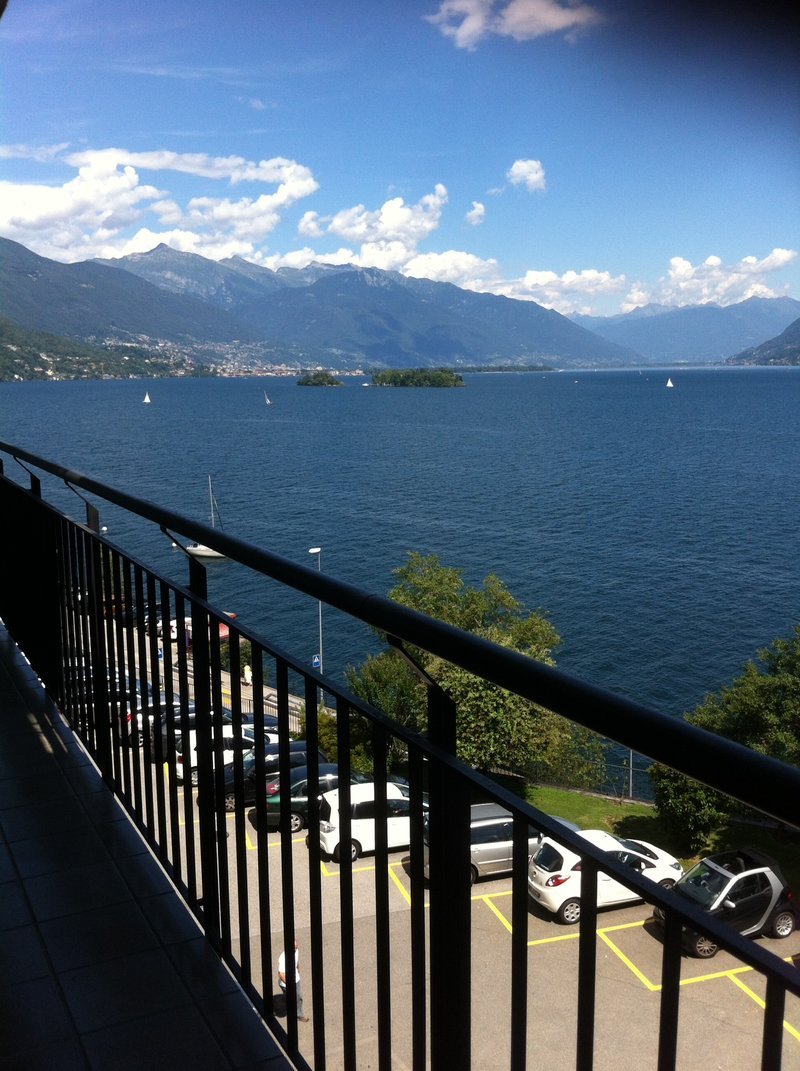
My mother-in law’s room offers a lot of light with its' large sliding doors leading to a balcony. She can even watch for us as we arrive for a visit.
Requirement Four: External Gardens
Regarding hospitals and clinics Clare Cooper Marcus, Professor emerita of architecture and landscape architecture and environmental planning at the University of California, Berkeley stated: “the design of outdoor space should be one of the most important considerations in the design.”
In a recent survey of 100 directors and architects of assisted-living residences, 82 percent agreed with her conviction. But can gardens, in fact, promote healing?
Examining The Gardens and Pathways of The Hildebrand Clinic and The Town Of Brissago. Are The Patients Actually Healed by The Surroundings?
Once patients feel up to the task they can take a five-minute stroll, or be pushed into the town area. While there they can have a drink or a bite to eat in one of the restaurants or just sit and watch children playing and the people going by. Tourists, residents and patients are thus integrated together. This creates a perfect blend of social interaction together with the healing power of the natural beauty.
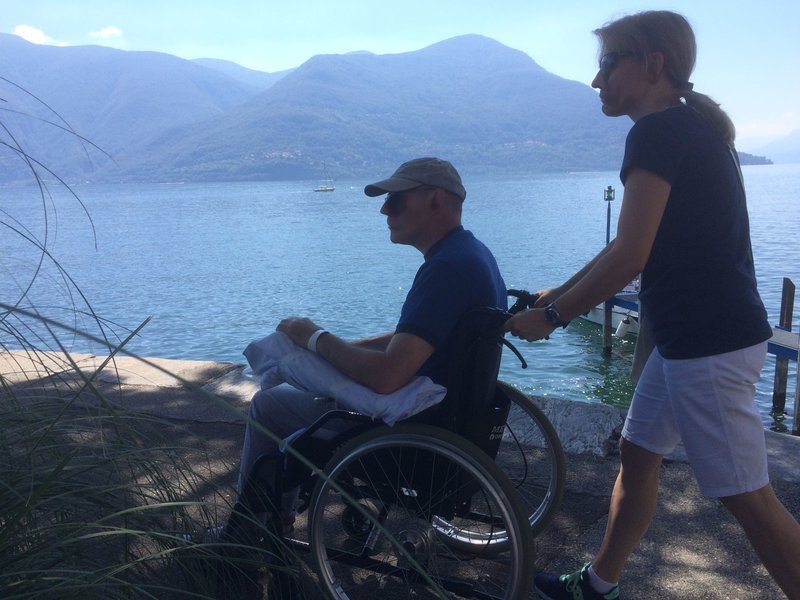
A patient is pushed along a path that winds through the waterfront of the town.
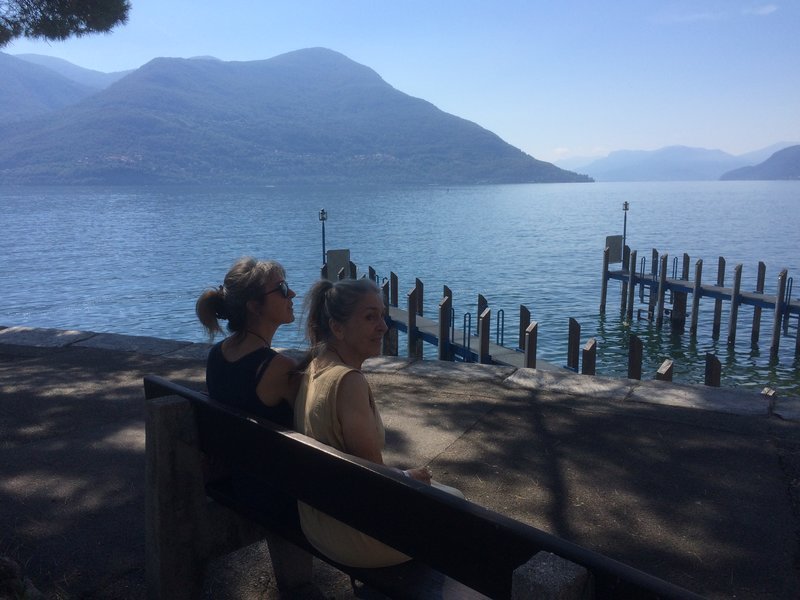
My wife and mother-in law sitting on a bench in the town of Brissago. You can see her spirits being lifted!
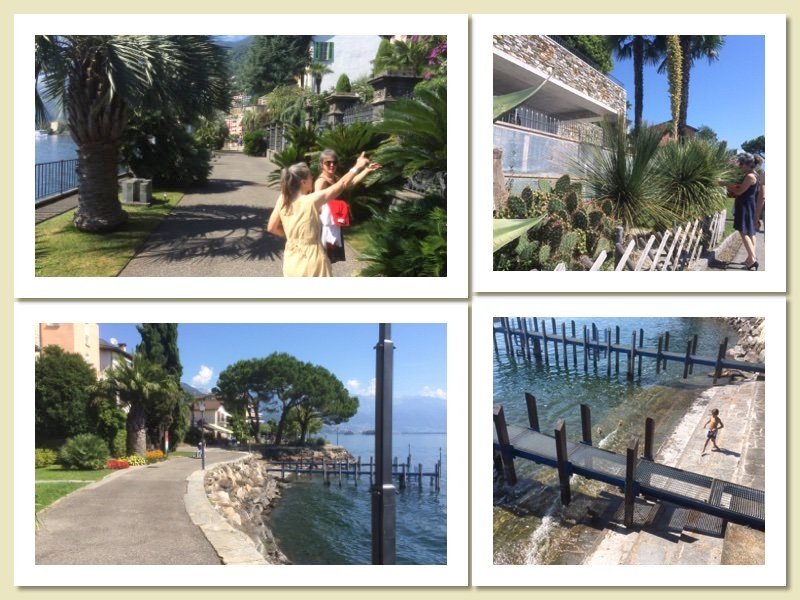
The gardens along the path offer a wonderful variety of flora that delights the senses. Isn’t it surprising to see palm trees and cacti? This area of Switzerland offers a Mediterranean micro-climate. How soothing to see children playing in the area!
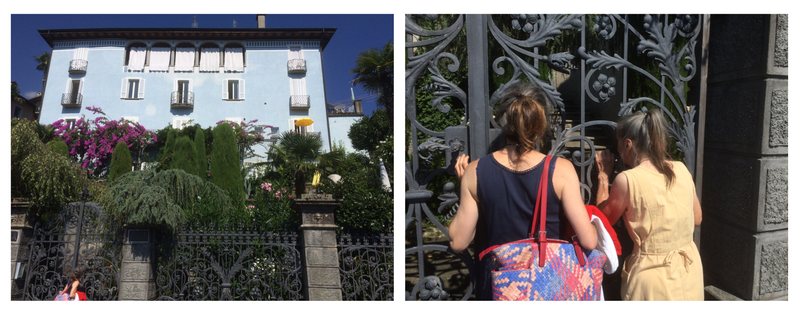
The garden beyond the beautiful gates of this villa offer some intrigue along the way!
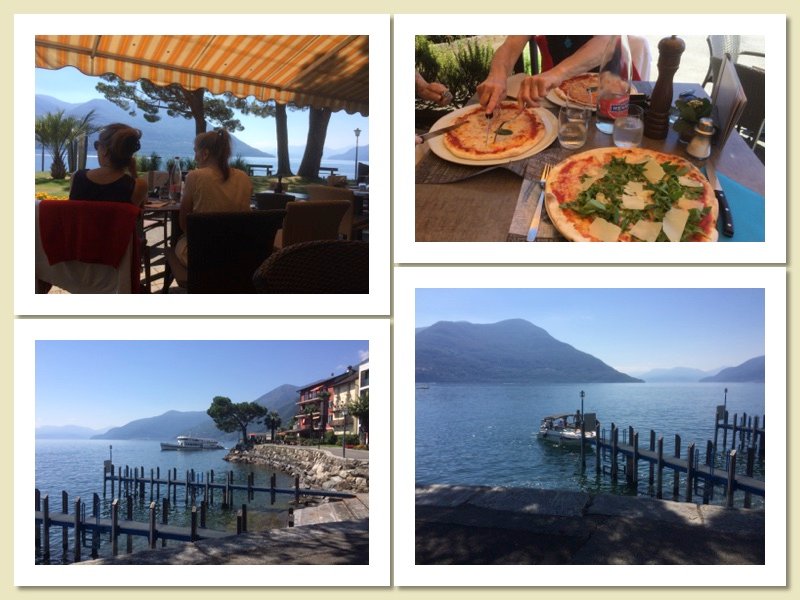
Several restaurants along the path offer patients the chance to eat non “hospital food” and to watch the world go by. Boats come and go and some tourists even disembark to enjoy the area.
What Does Science Tell Us About The Healing Powers Of The Gardens and The Area?
It turns out that gardens really do promote promote healing!
Roger S. Ulrich, Ph.D., EDAC is Professor of Architecture at the Center for Healthcare Building Research at Chalmers University of Technology in Sweden, and is adjunct professor of architecture at Aalborg University in Denmark. He is the most frequently cited researcher internationally in evidence-based healthcare design. His study, which was published in 1984 in the journal, Science was the first to use the standards of modern medical research to demonstrate that looking at a garden can sometimes speed healing from surgery, infections and other ailments. Patients who had rooms with views of leafy trees were found to need less pain killers, had shorter hospital stays and fewer post surgical complications.
Even only three to five minutes spent looking at views dominated by trees, flowers or water can begin to reduce anger, anxiety, pain and promote relaxation. The benefits of seeing and being in nature are so powerful that even pictures of landscapes can soothe. This point is very interesting for anyone who has a hospitalized loved one. Where there is no access to a garden even a photograph or a painting can have a positive effect!
“Let’s be clear,” Cooper Marcus, who I cited earlier states: “Spending time interacting with nature in a well-designed garden won’t cure your cancer or heal a badly burned leg. But there is good evidence it can reduce your levels of pain and stress—and, by doing that, boost your immune system in ways that allow your own body and other treatments to help you heal.”
What Makes A Garden Healing?
Susan Rodiek of Texas A&M has recently created the following checklist that others can use to evaluate their garden design.
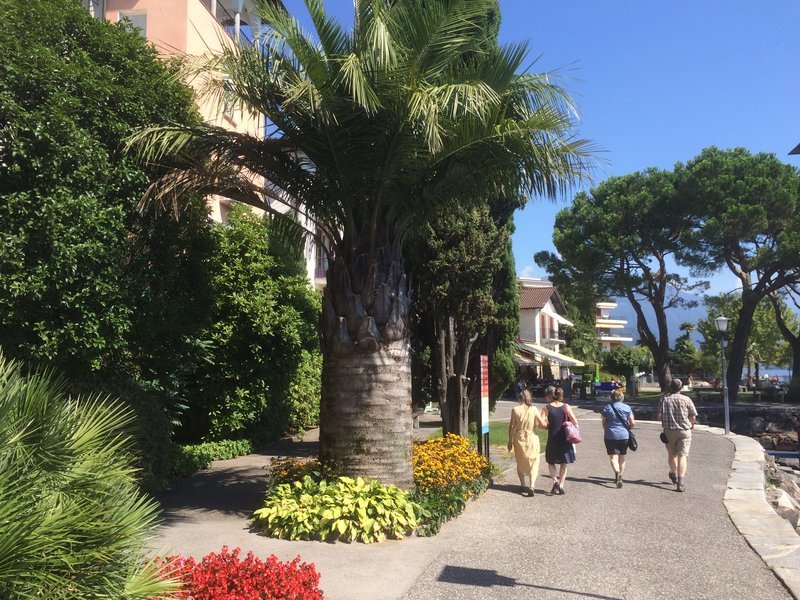
The Gardens, paths and social areas of The Hildebrand Clinic seem to meet all of the requirements below.
Keep it Green
Lush, layered landscapes with shade trees, flowers and shrubs at various heights should take up roughly 70 percent of the space; concrete walkways and plazas about 30 percent.
Keep it Real
Abstract sculptures do not soothe people who are sick or worried.
Keep it Interesting
Mature trees that draw birds and chairs that can be moved to facilitate private conversation foster greater interaction.
Engage Multiple Senses
Gardens that can be seen, touched, smelled and listened to soothe best. But avoid strongly fragrant flowers or other odors for patients undergoing chemotherapy.
Mind the Walkways
Wide, meandering paths that are tinted to reduce glare allow patients with low eyesight, wheelchairs or walkers to get close to nature. Paving seams must be narrower than one eighth of an inch to prevent trips by patients trailing wheeled IV poles.
Why Are So Many Amongst The Severely Sick, Injured And Maimed Smiling At The Hildebrand Clinic?
I think that I’ve found the answer to my question. The beautiful surroundings and public places at and near the clinic have provided a happy, sunny and interactive atmosphere that promotes the inner well being and healing of its’ patients. Don’t you feel better just looking at the pictures?
Till next time @kus-knee (The Old Dog)

